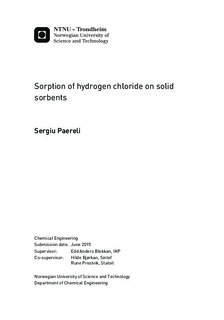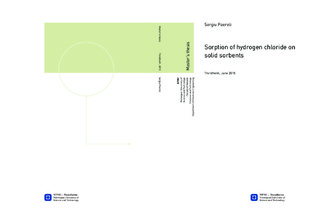| dc.description.abstract | The problem of the refinery streams contamination with hydrogen chloride has increased. Catalytic reforming is one of the major processes causing the contamination of such petroleum fractions as LPG and naphtha with this strongly acidic and corrosive compound.
The problems caused by HCl are for example corrosion and plugging of the refinery systems, deactivation of the downstream catalysts, but also alteration of the final products specification.
Because of this, chlorine compounds, although present in very small amounts in the above mentioned streams, should be removed. A promising method for their removal is the use of sorption technology. | |

